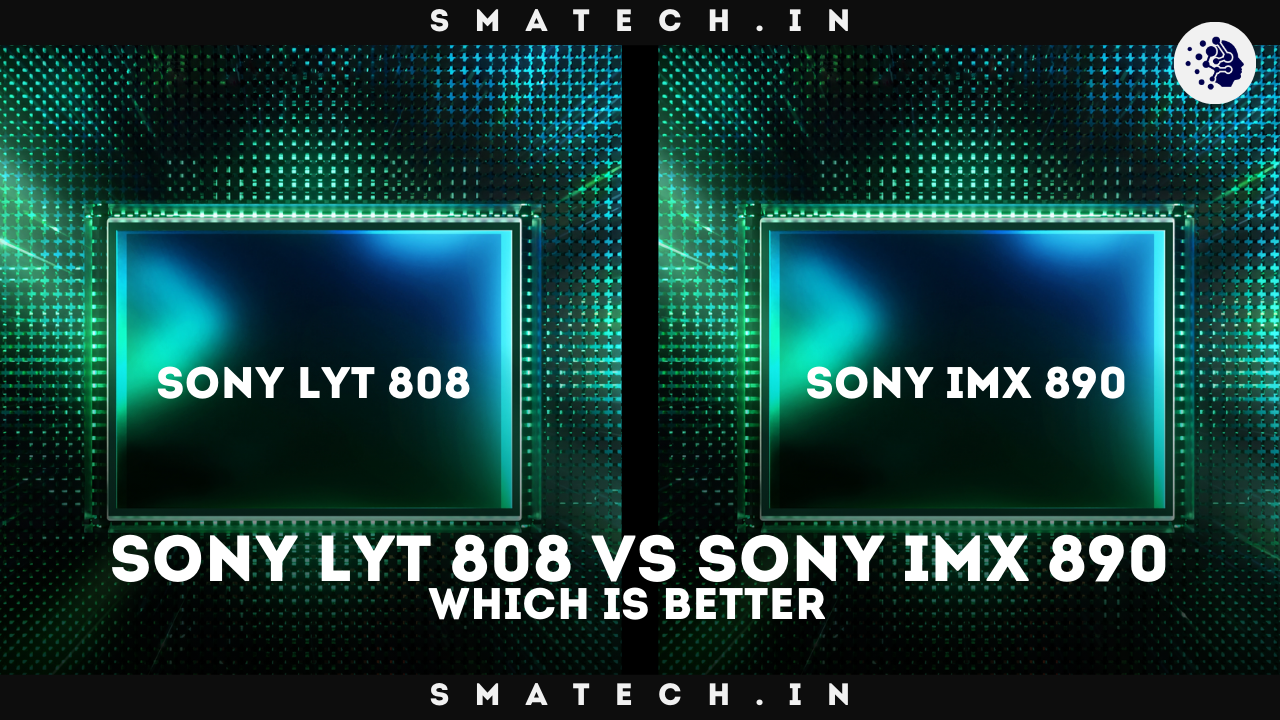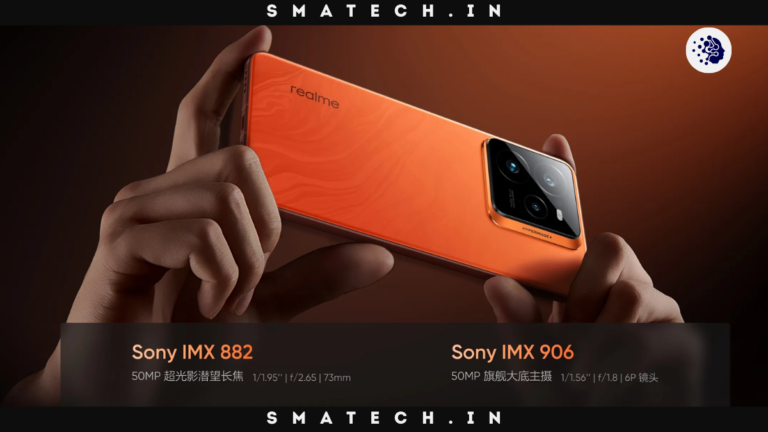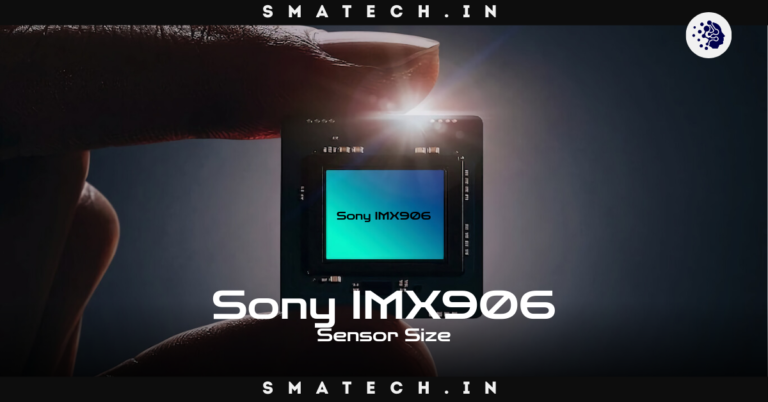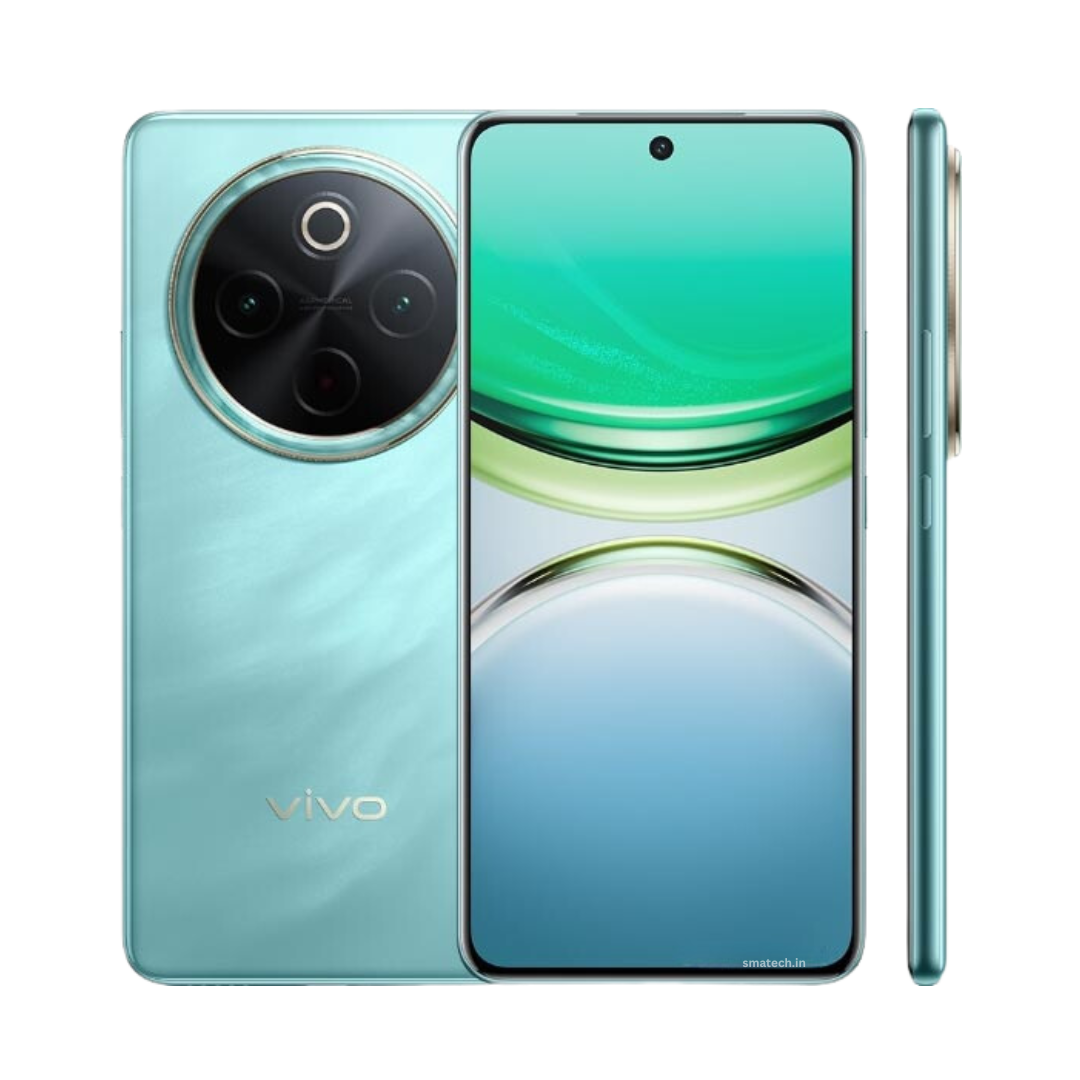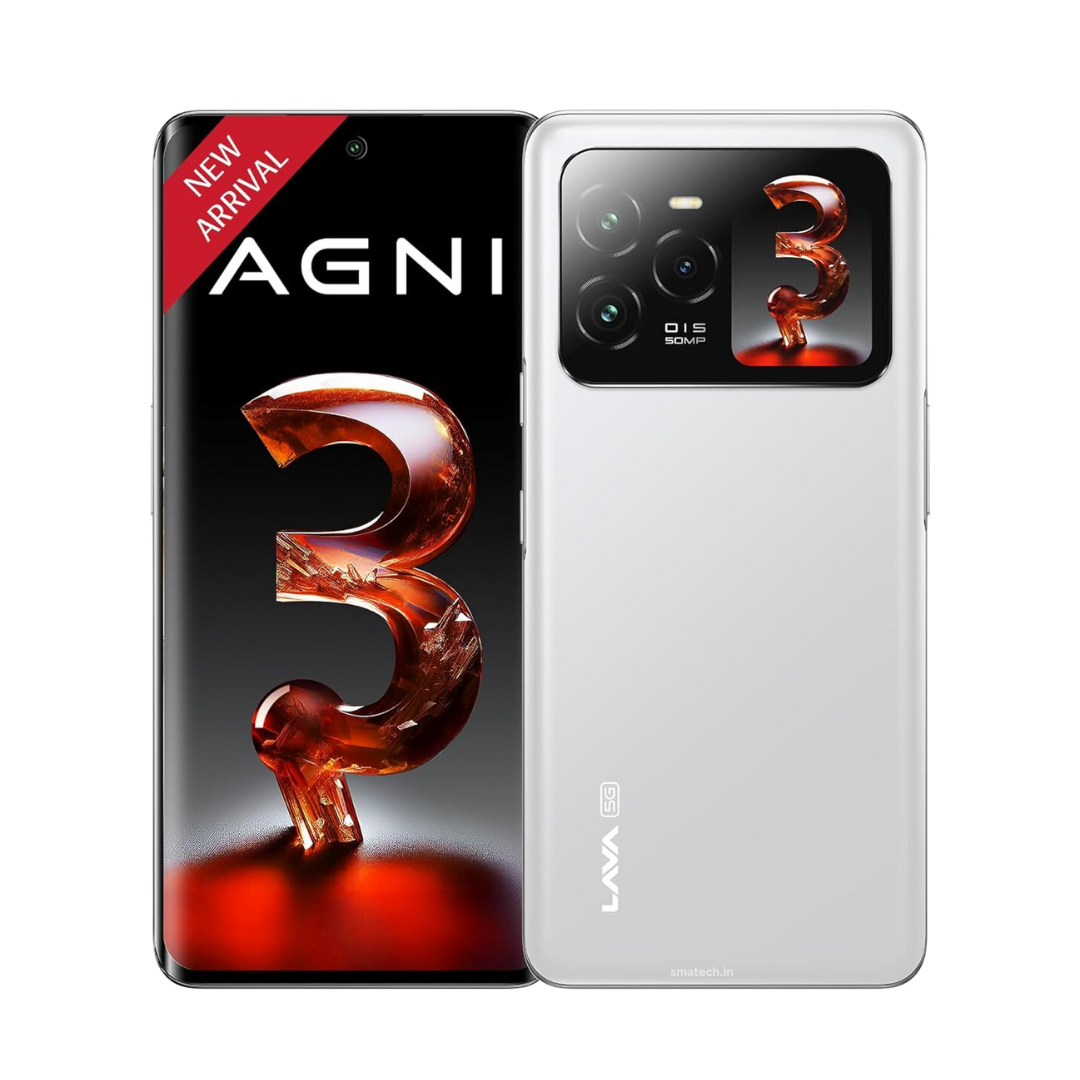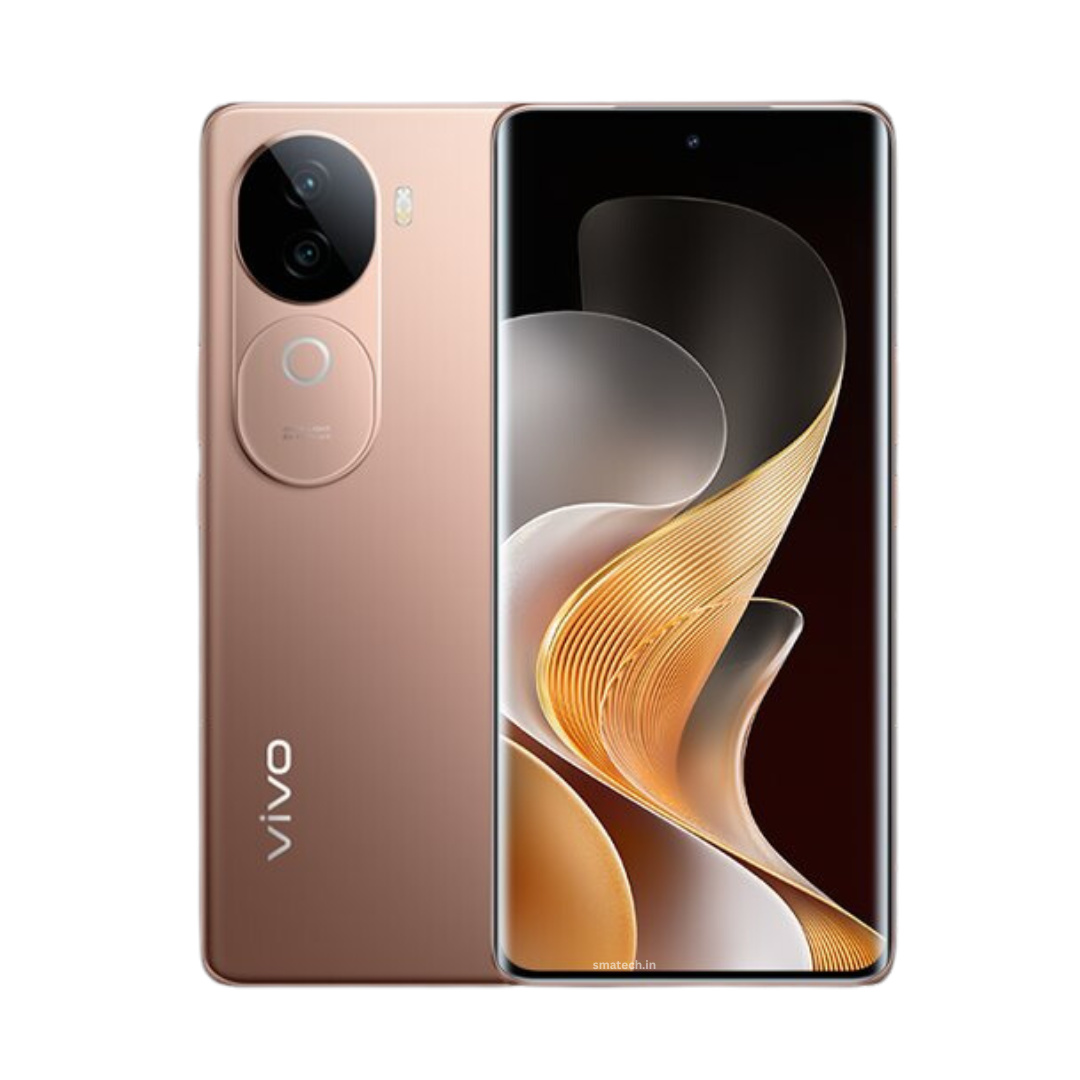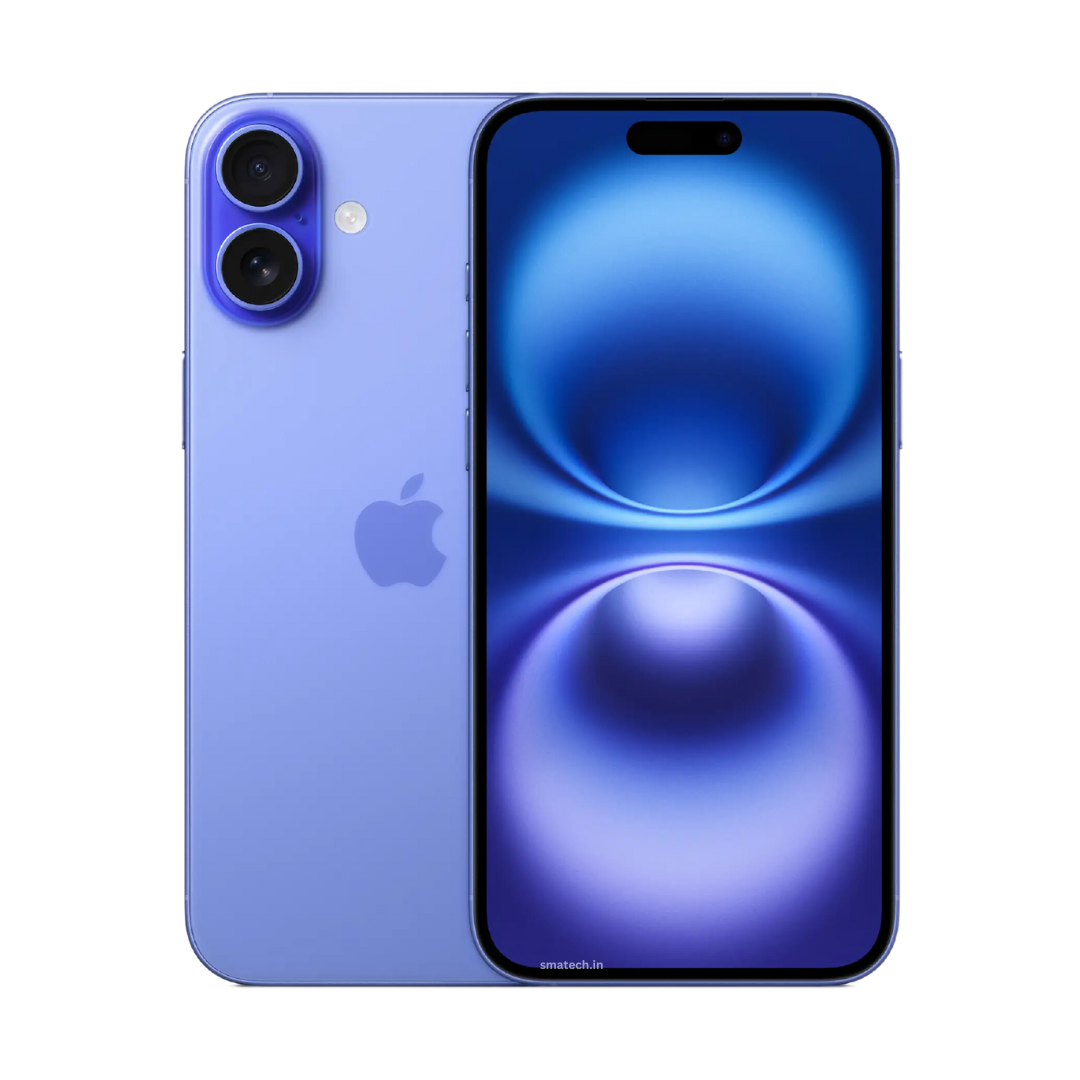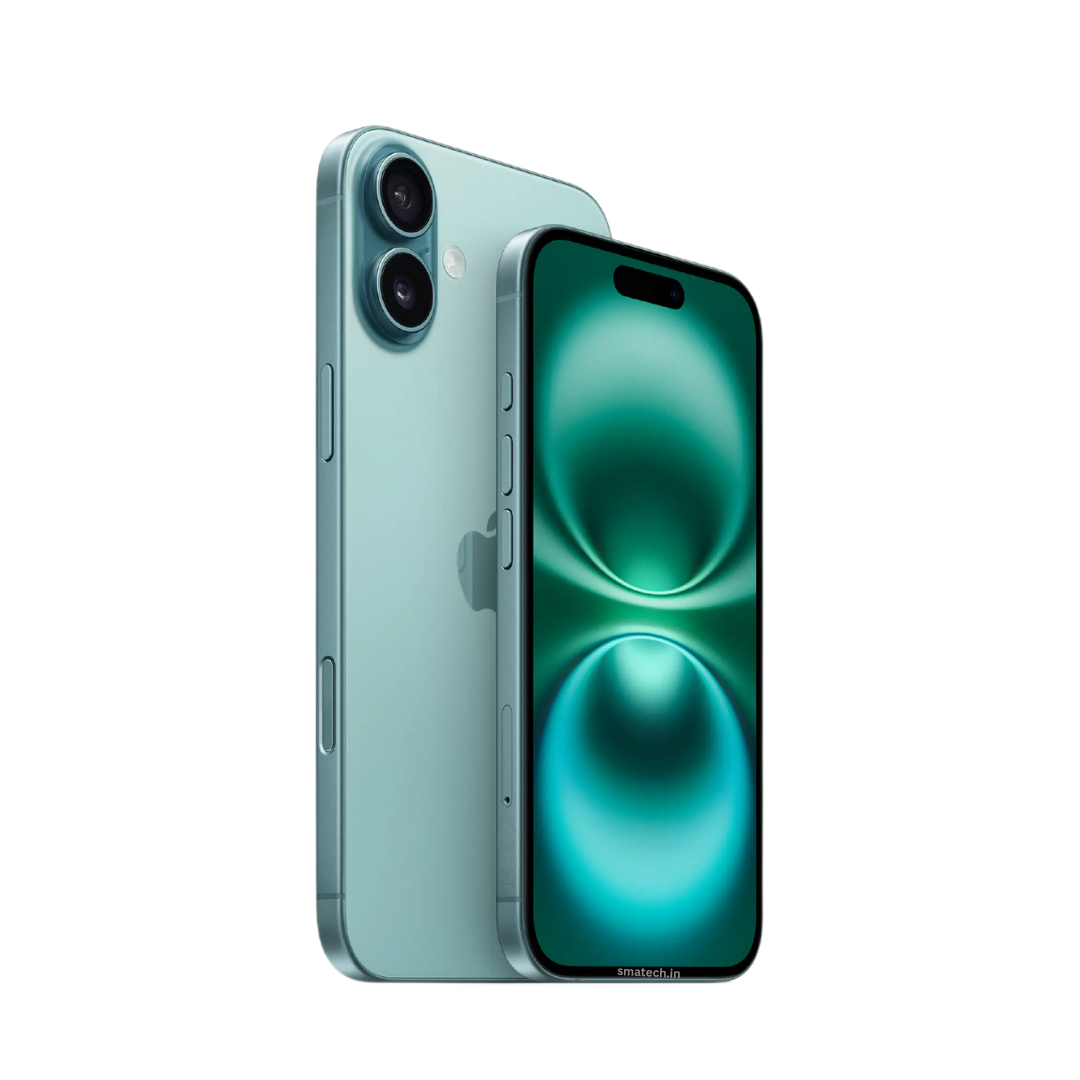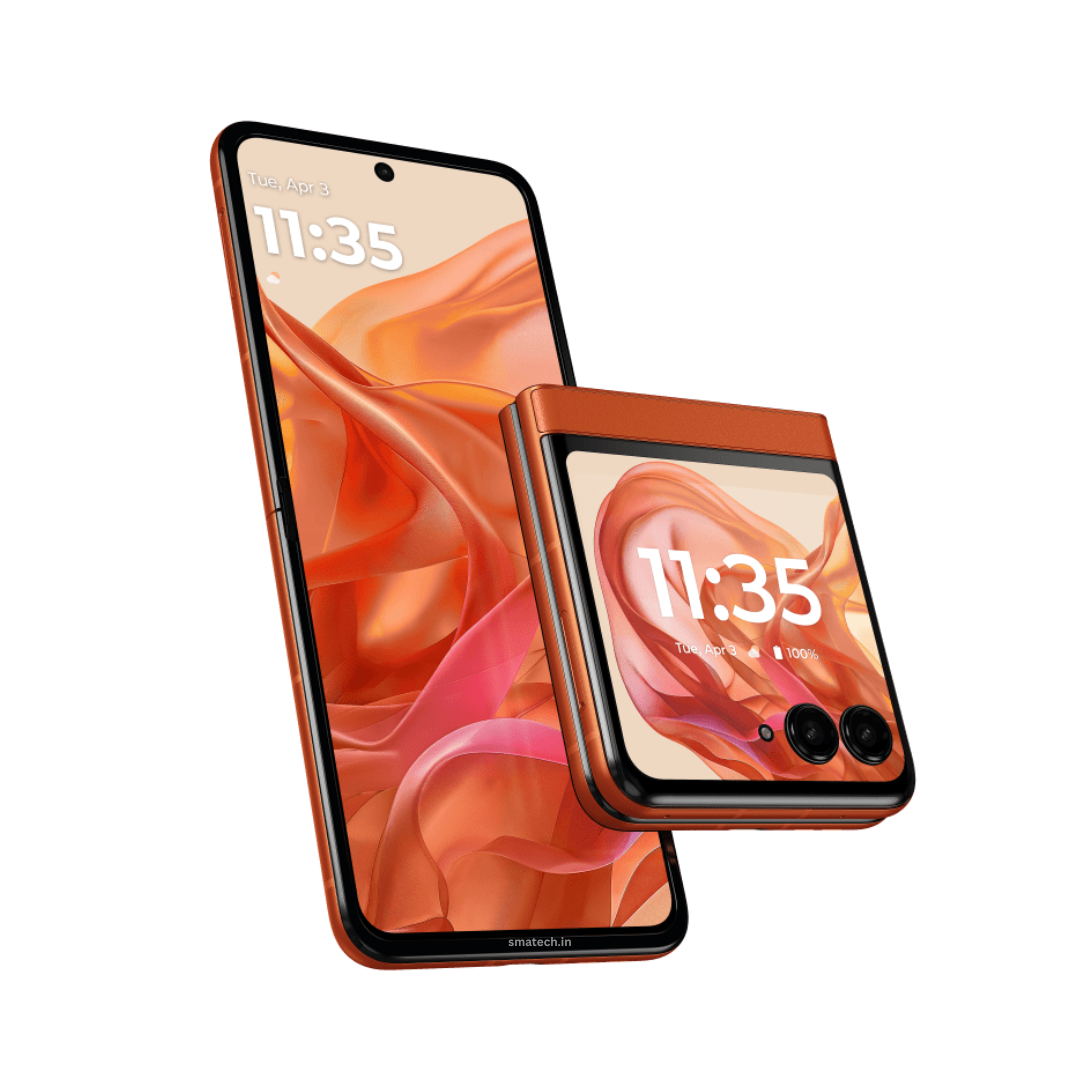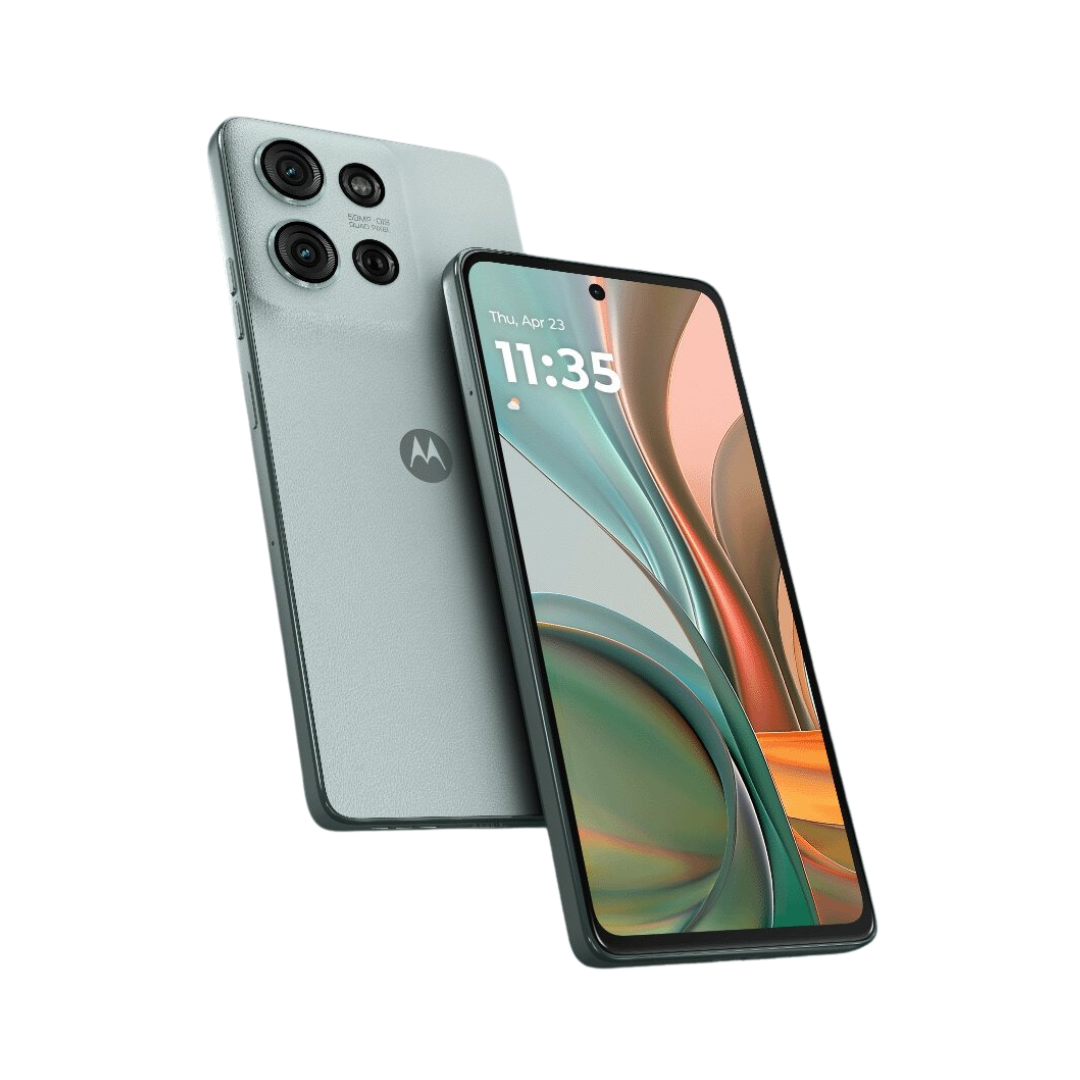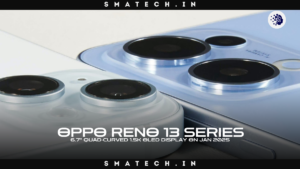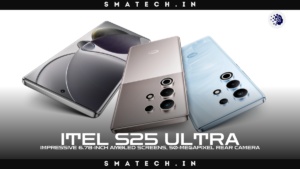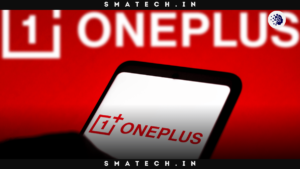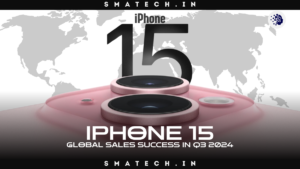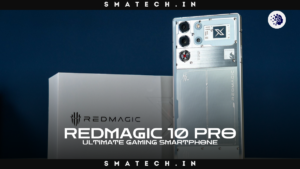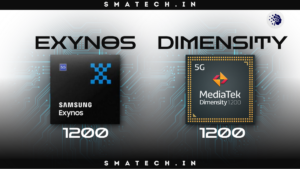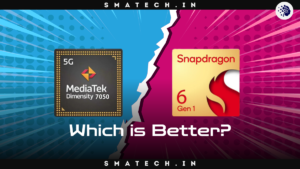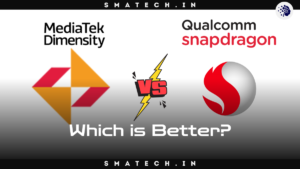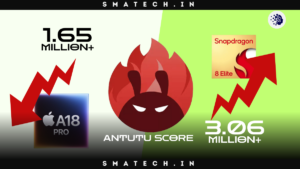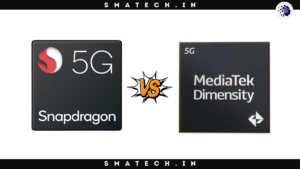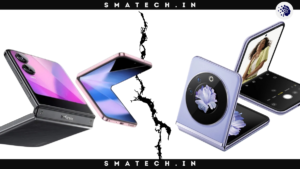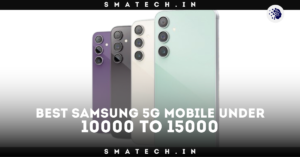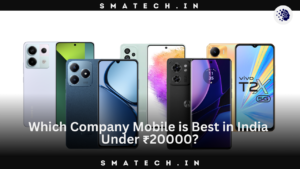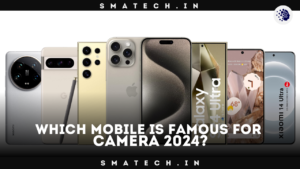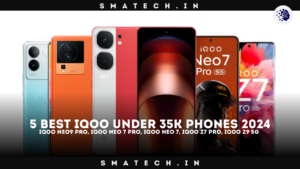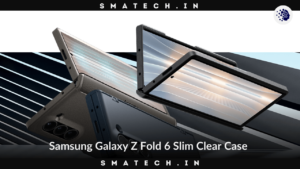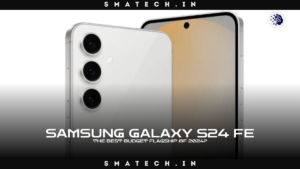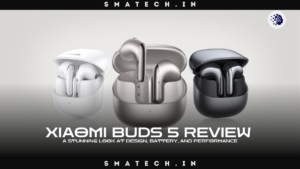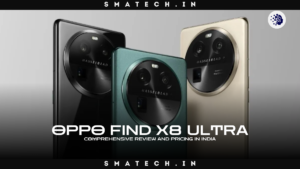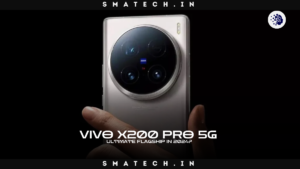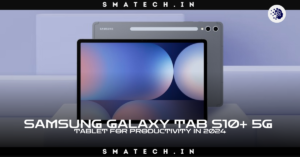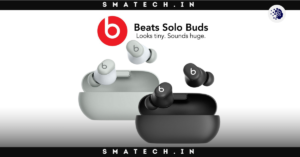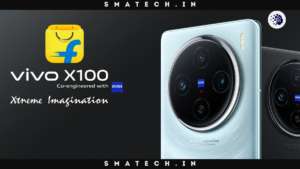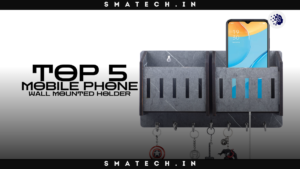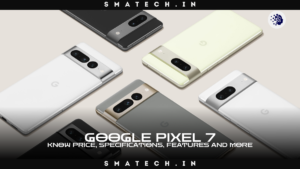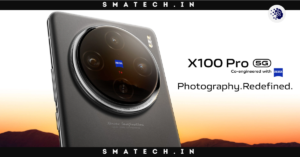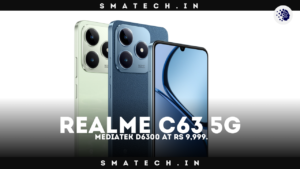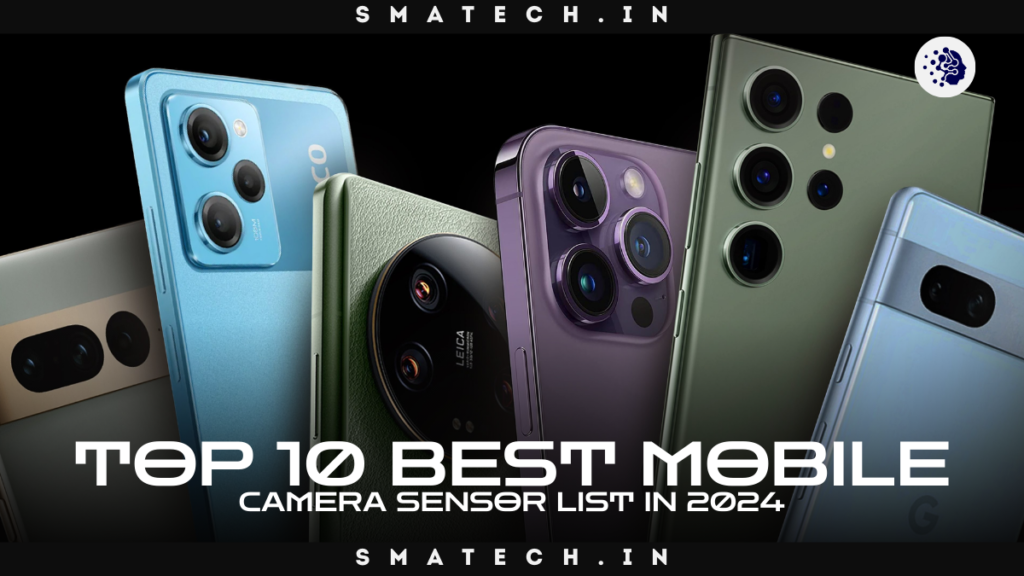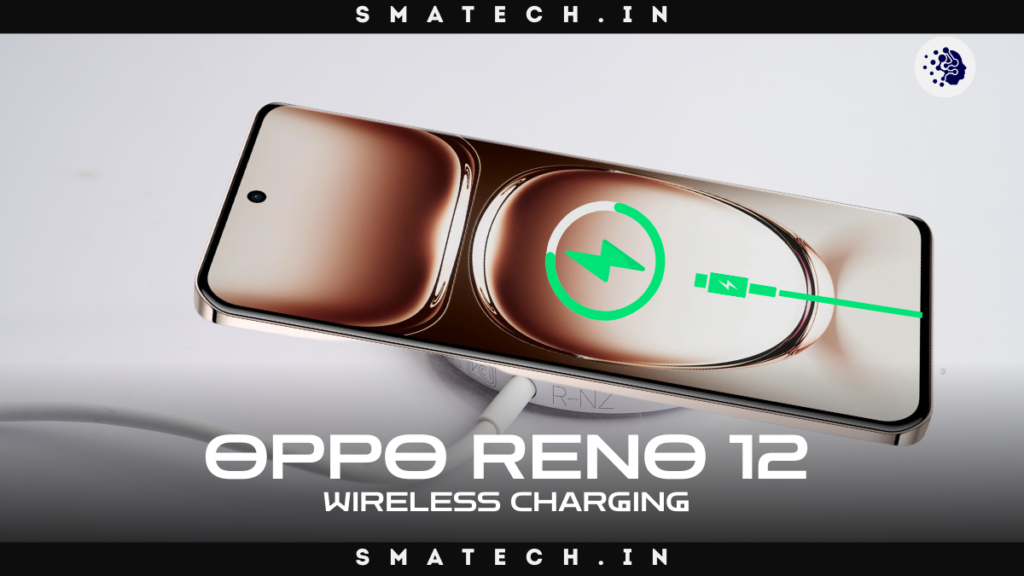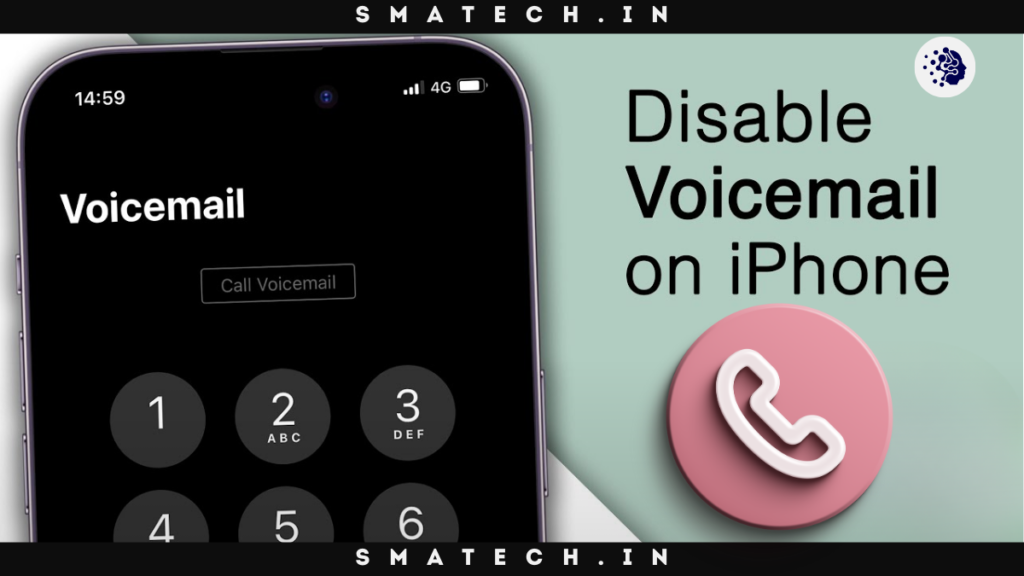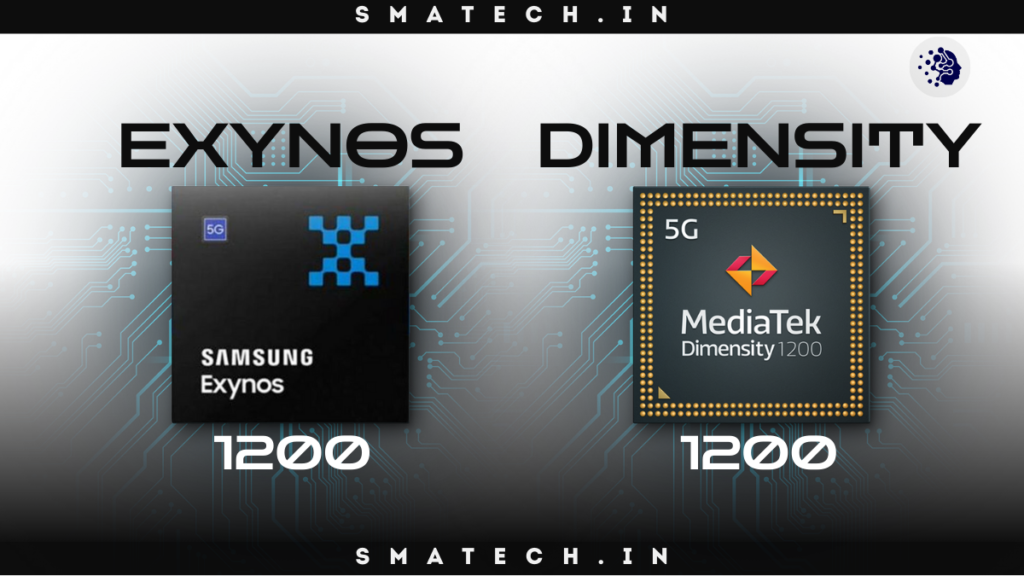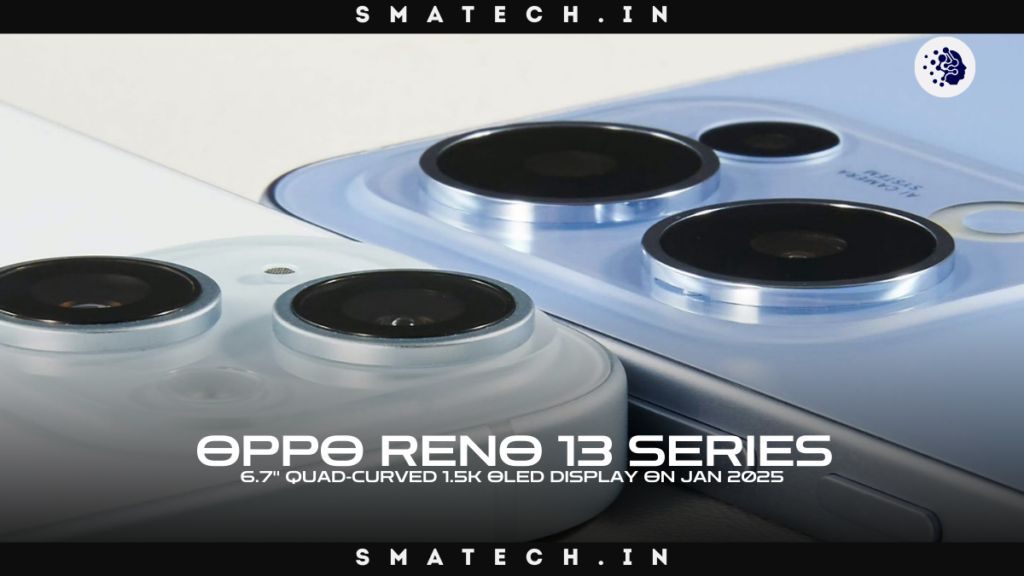There has never been a more fierce battle of camera sensors, and the need for high-performance sensors has increased dramatically as smartphone photography has grown. Leading the way in sensor technology, Sony is still at the forefront of innovation with its newest products, the Sony LYT 808 vs Sony IMX 890.
Although the characteristics of both sensors are remarkable, which one is the real standout? In order to assist you in selecting the ideal sensor for your photography requirements, this thorough comparison explores each sensor’s characteristics, performance, and image quality tests.
Introduction to Sony Camera Sensors
In the camera sensor industry, Sony has dominated the market by offering premium technology for everything from professional cameras to flagship smartphones. Two of their most recent innovations in this field are the Sony LYT 808 and Sony IMX 890. Speed and dynamic range are the main priorities of the IMX 890, whilst light sensitivity and resolution are optimized for the LYT 808. To see how they compare, let’s examine each one’s distinct qualities.
Key Features of the Sony LYT 808
High resolution and image quality are clearly priorities in the design of the Sony LYT 808. Because of its large 1/1.3-inch sensor size, this sensor can take in more light and performs exceptionally well in low light. The LYT 808 also has Quad Pixel Technology, which improves color accuracy and lowers noise in difficult-to-light environments.
Related Post
Advantages of the Sony LYT 808:
- Excellent Low-Light Performance: The LYT 808’s bigger sensor size allows it to capture vivid, crisp images even in poorly lit areas.
- High Resolution: With a maximum resolution of 64MP, the sensor is perfect for photographers who value crisp, detailed shots.
- Advanced Autofocus System: The LYT 808 uses Dual Pixel Autofocus to enable quick and precise focusing, which is essential for taking sharp pictures in dynamic situations.
- Enhanced Color Reproduction: Pictures using Quad Pixel Technology have better color accuracy and less noise, giving them a more realistic appearance.
Disadvantages of the Sony LYT 808:
- Lower Frame Rate: Although the LYT 808 excels in low light and resolution, it might not keep up in situations requiring fast photography.
- Higher Power Consumption: The expanded sensor size and enhanced functions lead to a somewhat increased power consumption, which could shorten battery life.
Key Features of the Sony IMX 890
Tailored for speed and versatility, the Sony IMX 890. With quicker readout speeds to offset the smaller 1/1.56-inch sensor size, it is an excellent option for high-speed photography and video recording. Stacked CMOS technology reduces rolling shutter effects and maximizes dynamic range in the IMX 890.
Advantages of the Sony IMX 890:
- High-Speed Performance: The IMX 890 can capture up to 120fps in Full HD, making it ideal for action photography and video recording.
- Improved Dynamic Range: With its stacked CMOS architecture, this sensor offers a wider dynamic range, capturing more details in both highlights and shadows.
- Lower Power Consumption: The smaller sensor size and efficient design lead to lower power consumption, which can be a significant advantage for mobile devices.
- Compact Design: The IMX 890’s compact size allows for thinner and lighter smartphones without compromising on camera performance.
Disadvantages of the Sony IMX 890:
- Inferior Low-Light Performance: Due to the smaller sensor size, the IMX 890 may not perform as well in low-light conditions as the LYT 808.
- Lower Resolution: The IMX 890 maxes out at 48MP, which may not be sufficient for users who need ultra-high-resolution images.
Camera Sensor Comparison: Sony LYT 808 vs Sony IMX 890
Resolution and Image Quality
When it comes to resolution, the Sony LYT 808 takes the lead with its 64MP capability, compared to the 48MP resolution of the IMX 890. This higher resolution allows the LYT 808 to capture more detailed images, which is particularly beneficial for photographers who need to crop their images or print them in large formats. However, the IMX 890, with its lower resolution, focuses more on optimizing dynamic range and speed, making it more suitable for high-speed shooting scenarios.
Low-Light Performance
Low-light performance is a critical factor for many photographers, and here the Sony LYT 808 shines. Its larger sensor size (1/1.3 inch) enables it to capture more light, significantly enhancing performance in low-light conditions. The Quad Pixel Technology further improves low-light capabilities by reducing noise and enhancing color reproduction. On the other hand, the Sony IMX 890 is equipped with a smaller sensor (1/1.56 inch), which limits its ability to gather light, making it less ideal for low-light photography.
Speed and Autofocus
For photographers who prioritize speed, the Sony IMX 890 offers a substantial advantage. It can capture at 120fps in Full HD, making it perfect for action shots and fast-moving subjects. The stacked CMOS architecture also provides faster readout speeds, reducing rolling shutter effects. The Sony LYT 808 offers reliable autofocus with its Dual Pixel Autofocus system but is not designed for the high-speed performance that the IMX 890 delivers.
Dynamic Range
The dynamic range of a camera sensor determines its ability to capture details in both bright and dark areas of an image. The Sony IMX 890 excels in this regard, thanks to its stacked CMOS technology, which provides a wider dynamic range. This feature is particularly useful in challenging lighting conditions, such as shooting under direct sunlight or in high-contrast environments. The Sony LYT 808, while competent, does not offer the same level of dynamic range as the IMX 890.
Which is the Best Sony Sensor for Photography?
Choosing the best Sony sensor for photography ultimately depends on your specific needs:
- For Low-Light and High-Resolution Photography: The Sony LYT 808 is the superior choice, offering exceptional performance in low-light conditions and the ability to capture ultra-high-resolution images.
- For Speed and Versatility: The Sony IMX 890 is ideal for photographers who need high-speed performance and a wider dynamic range, making it perfect for action shots and video recording.
Sony Sensor Technology Differences: A Closer Look
The differences between these two sensors reflect Sony’s approach to addressing diverse photographic needs. The Sony LYT 808 emphasizes high resolution, low-light capability, and superior color reproduction, making it an excellent choice for professional photographers and enthusiasts who demand the highest image quality. Meanwhile, the Sony IMX 890 focuses on speed, dynamic range, and efficiency, catering to users who need a versatile sensor that performs well in a wide range of conditions.
Conclusion: Sony LYT 808 vs. Sony IMX 890
Both the Sony LYT 808 and Sony IMX 890 are impressive in their own right, with each offering distinct advantages tailored to different types of photography. The LYT 808 excels in low-light performance and resolution, while the IMX 890 leads in speed and dynamic range. Your choice will depend on your specific requirements—whether you prioritize high-resolution images and low-light performance or need a sensor optimized for speed and dynamic range.
FAQs
- What is the primary difference between the Sony LYT 808 and Sony IMX 890 sensors?
The primary difference lies in their design focus: the Sony LYT 808 is optimized for high-resolution and low-light performance with a larger sensor size, while the Sony IMX 890 is built for speed and dynamic range, featuring a smaller sensor with faster readout capabilities. - Which sensor is better for low-light photography?
The Sony LYT 808 is better for low-light photography due to its larger 1/1.3-inch sensor size, which allows more light to be captured, resulting in clearer images with less noise. - Can the Sony IMX 890 handle high-speed photography?
Yes, the Sony IMX 890 is ideal for high-speed photography. It supports up to 120fps in Full HD, making it perfect for capturing fast-moving subjects and reducing rolling shutter effects. - Is the Sony LYT 808 suitable for professional photography?
Absolutely! The Sony LYT 808 is well-suited for professional photography, especially in scenarios that require high-resolution images and excellent performance in low-light conditions. - Which sensor offers a wider dynamic range, Sony LYT 808 or Sony IMX 890?
The Sony IMX 890 offers a wider dynamic range due to its stacked CMOS technology, which allows it to capture more details in both bright and dark areas of an image.

